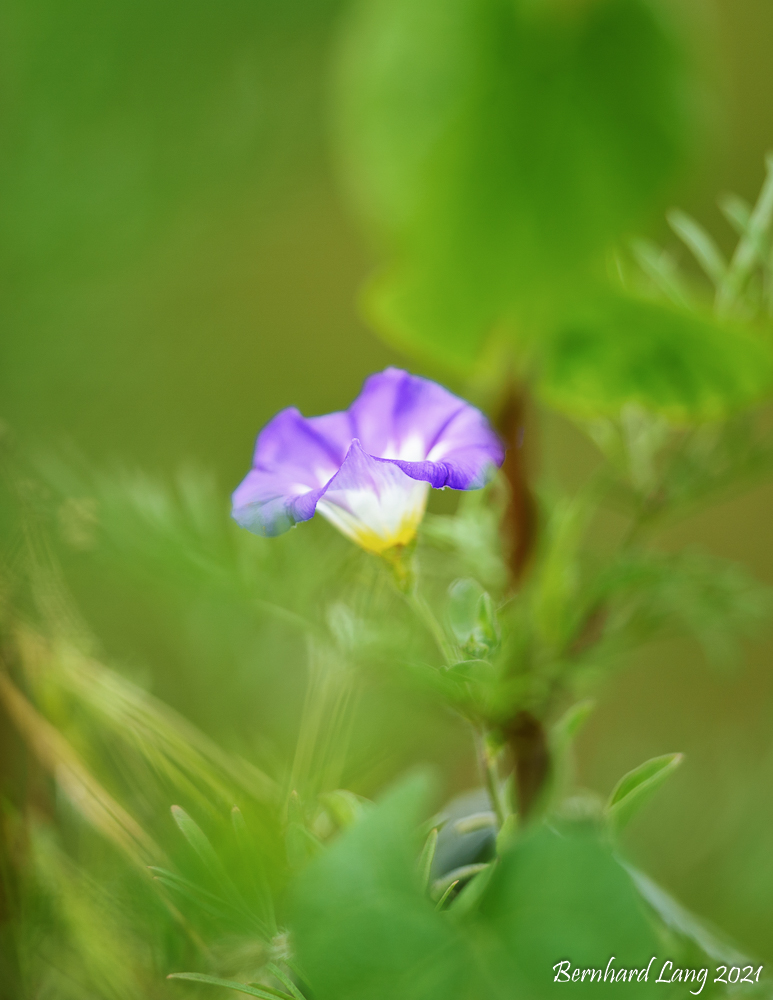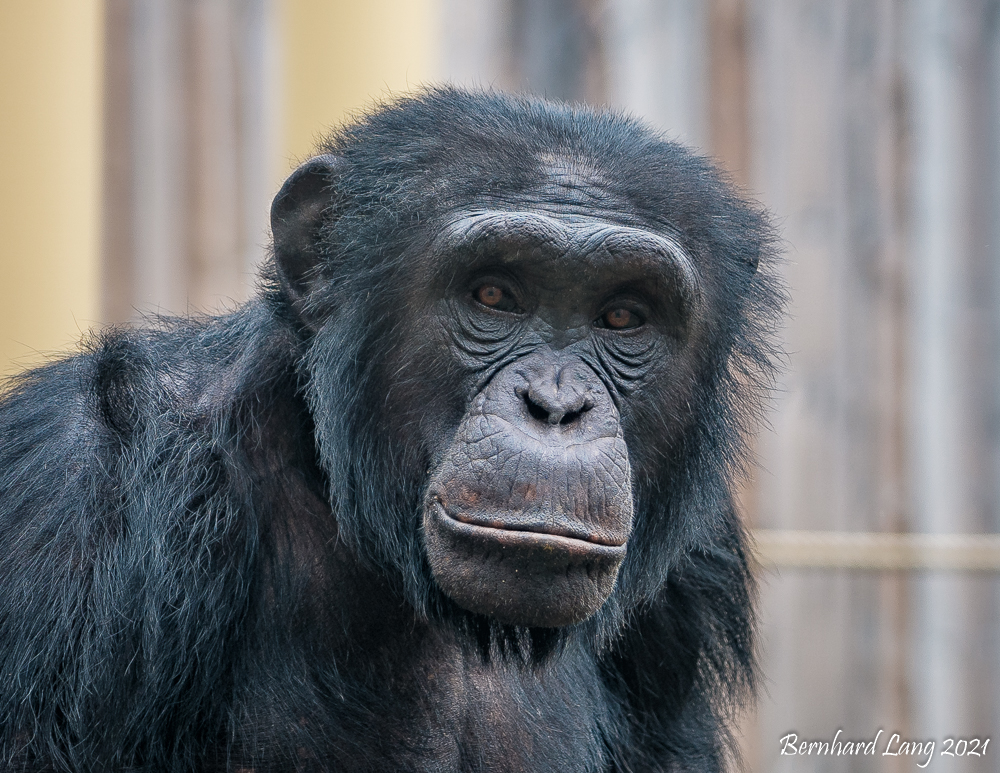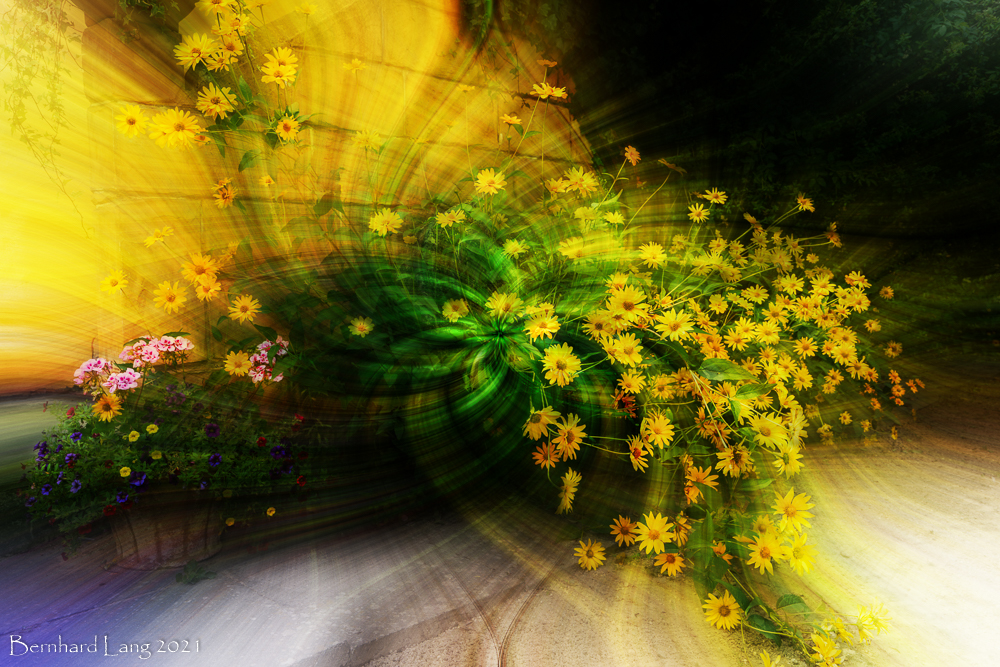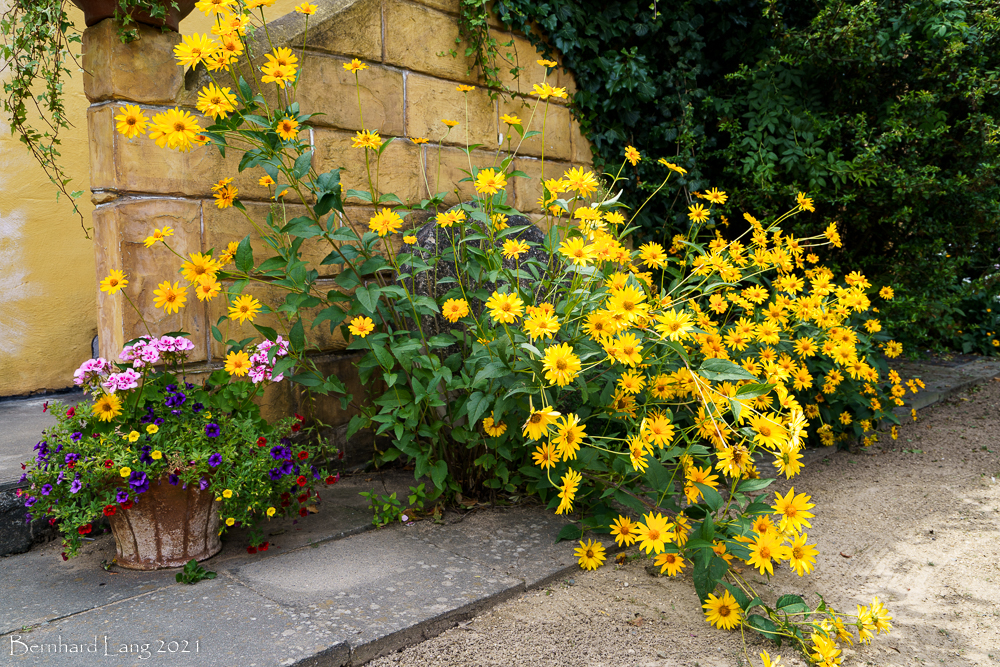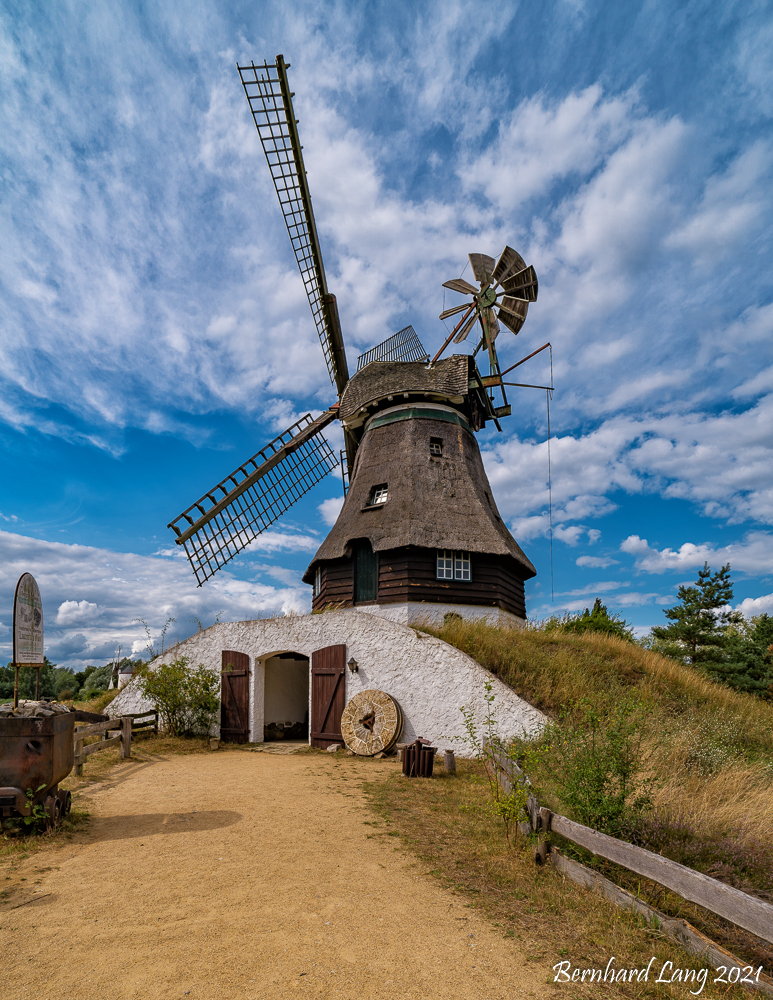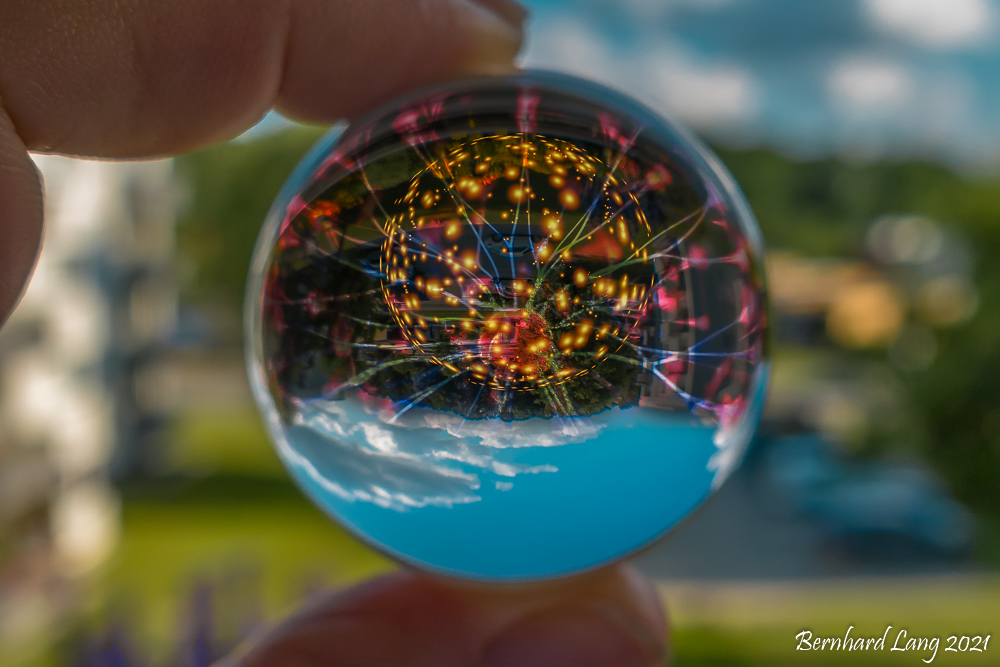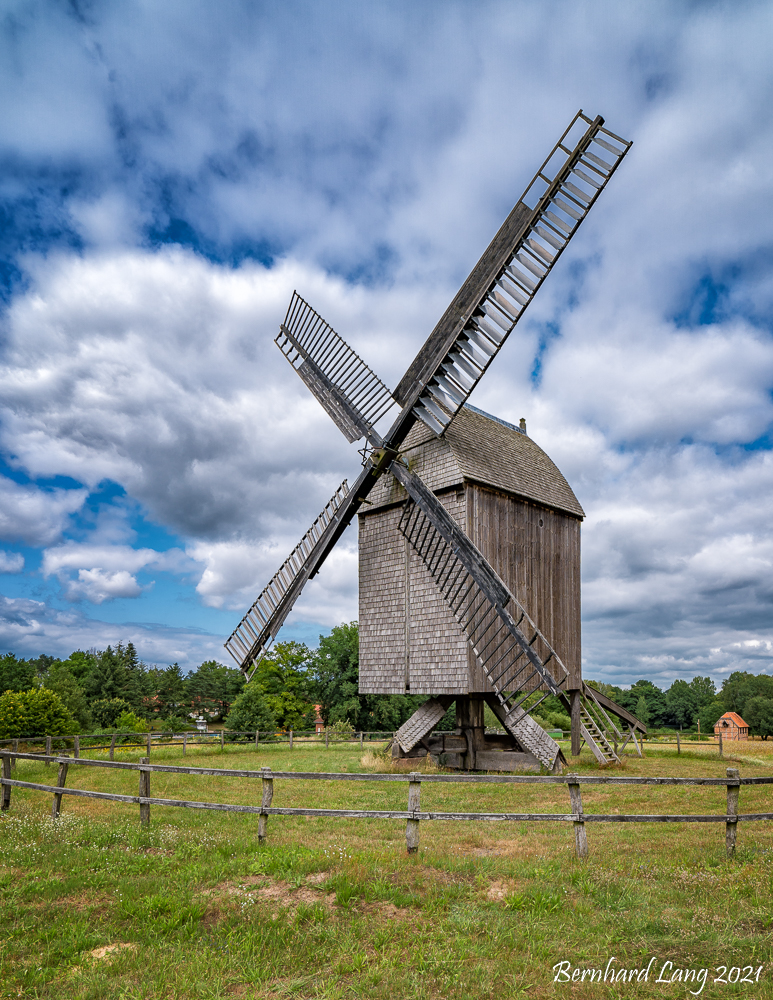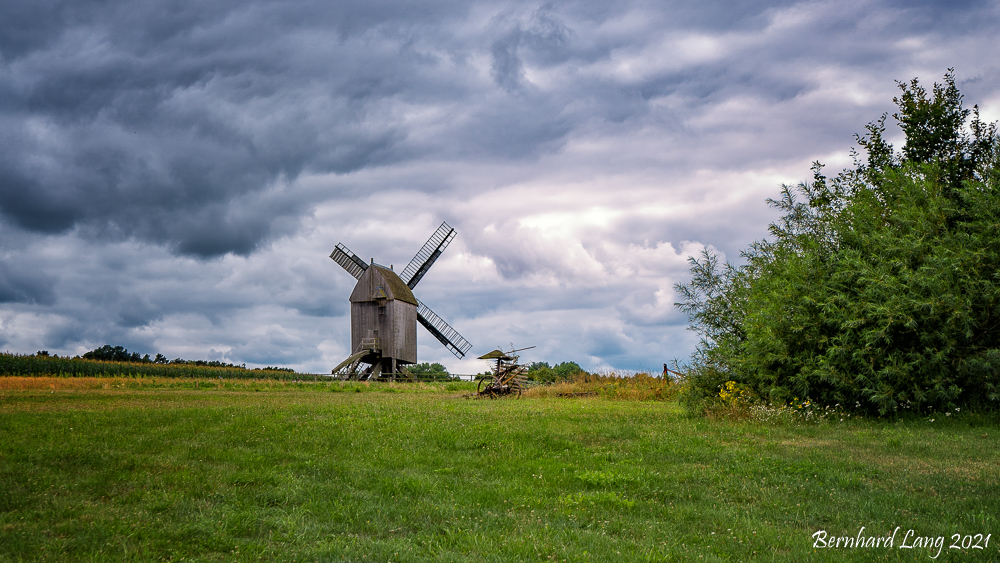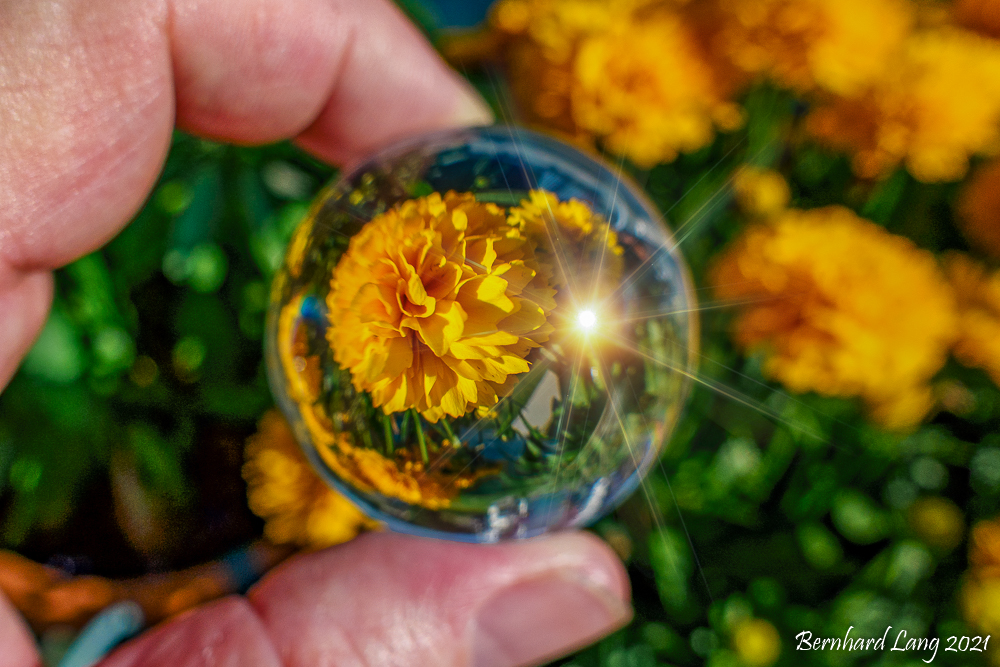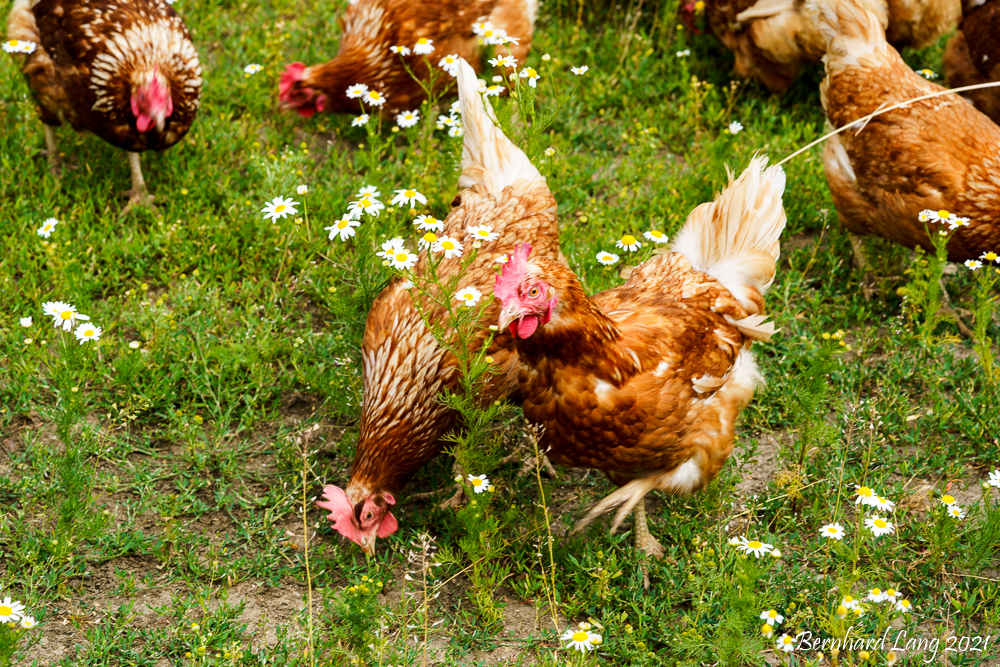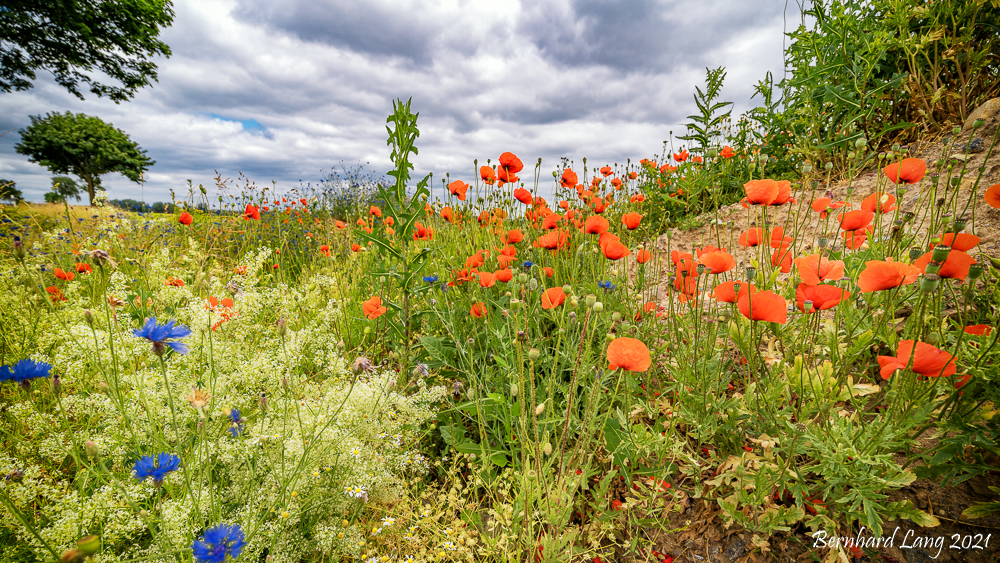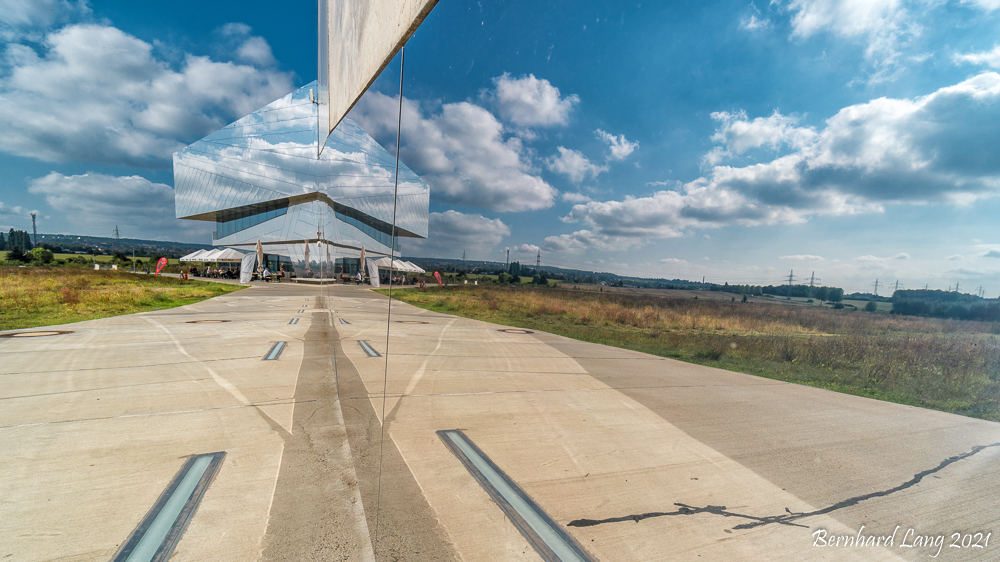

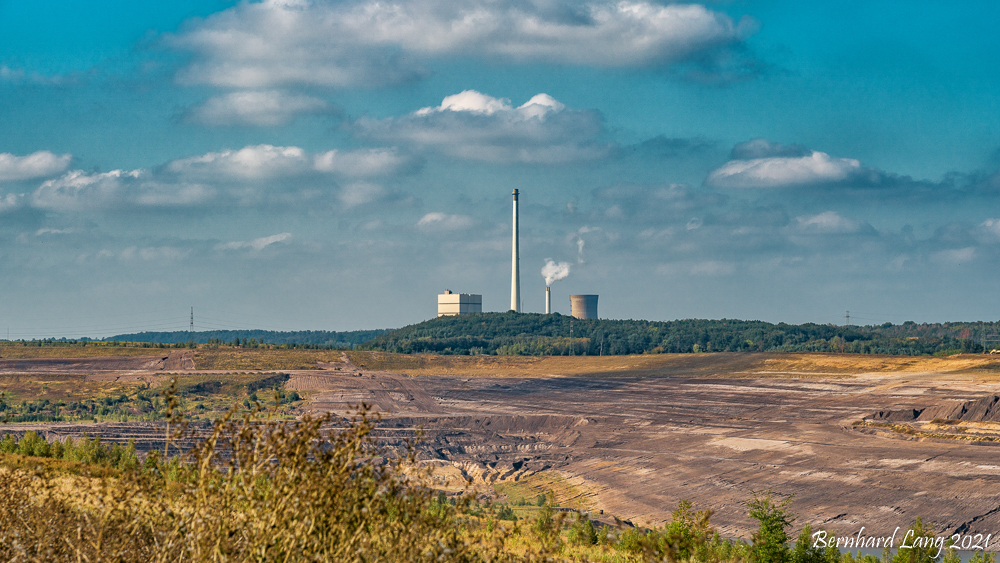
Anke und ich waren mal wieder auf Tour. Dieses Mal ging es nach Schöningen und zum in der Nähe befindlichen Forschungsmuseum Paläon. Bei Bild eins hatten wir die gleiche Idee mit der Spiegelung in der Wand, allerdings mit jeweils unterschiedlichen Brennweiten. Wir fanden es ganz reizvoll, mal beide Varianten zu zeigen. Im mittleren Bild sieht man, dass das Gebäude wie ein funkelnder Solitär mitten in der Landschaft steht. Links davon ist der alte Braunkohletagebau von Schöningen. Der Blick im unteren Bild geht vom Paläon über den Tagebau zum ehemaligen Kraftwerk Buschhaus. Der Tagebau wird zur Zeit rekultiviert. In einigen Jahren wird dort, wo heute noch ein großes Loch in der Erde ist, ein ca. 400 Hektar großer See sein.
Anke and I were once again on tour. This time we went to Schöningen and the nearby research museum Paläon. For picture one we had the same idea with the reflection in the wall, but with different focal lengths. We thought it would be nice to show both variations. In the middle picture you can see that the building stands like a sparkling solitaire in the middle of the landscape. To the left is the old open pit lignite mine of Schöningen. The view in the lower picture goes from the paleon over the open pit to the former power plant Buschhaus. The open pit mine is currently being recultivated. In a few years, where today there is still a large hole in the ground, there will be a lake of about 400 hectares.
